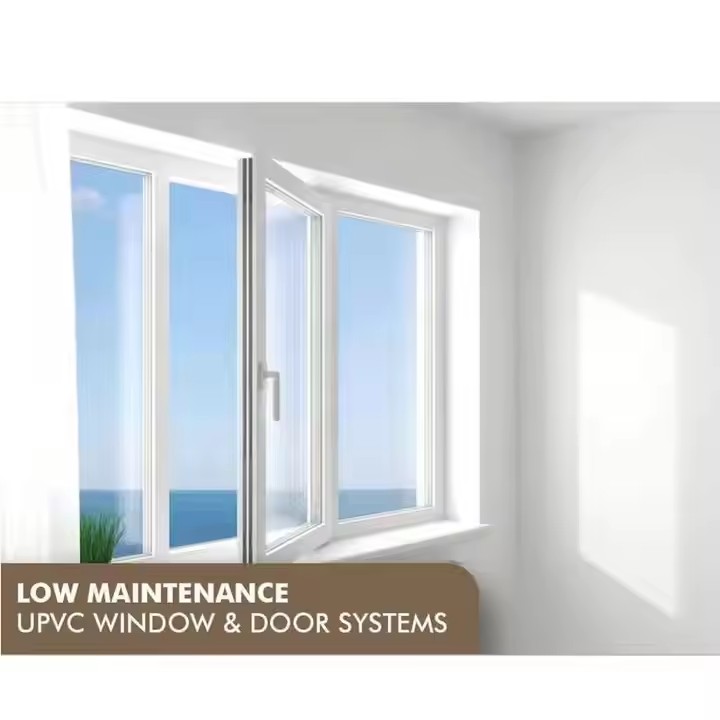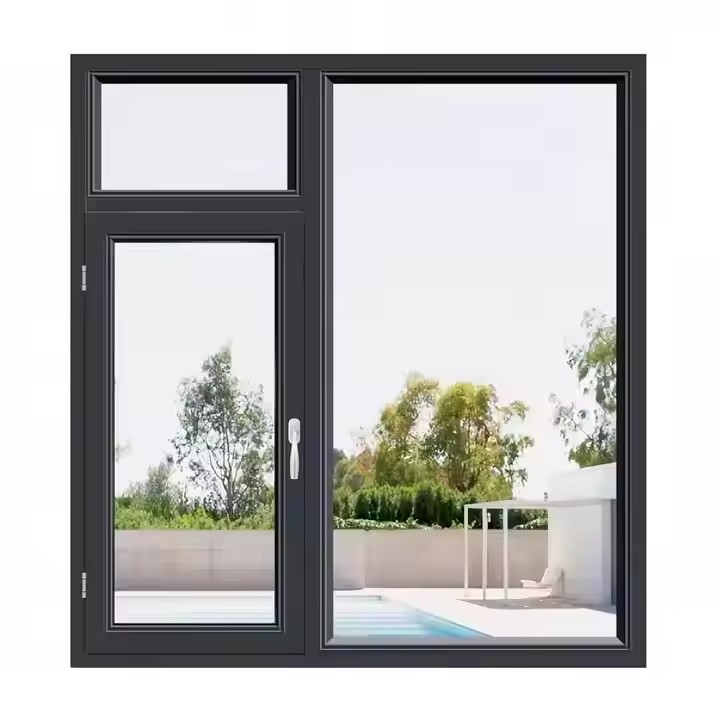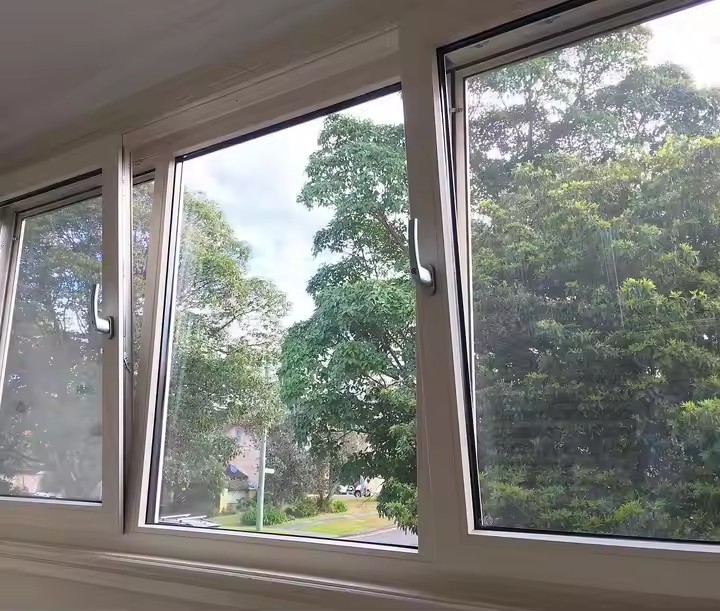- Fusion of Tradition and Modernity
– Innovative Use of Cultural Elements:
Drawing inspiration from traditional Chinese culture, designers can incorporate the simplicity and elegance of Song Dynasty aesthetics into folding door designs. By using clean lines, subtle colors, and delicate carvings, the doors can express a sense of understated sophistication. Elements from Hui-style architecture—such as lattice windows and dougong brackets—can also be integrated, giving the doors a classic yet fashionable appearance.
– Combining Traditional Craftsmanship with Modern Technology:
Traditional mortise-and-tenon joinery techniques, such as zongjiao and chuandai joints, can be used to ensure smooth opening and closing, as well as strong load-bearing capacity. These can be combined with modern industrial design and folding mechanisms to achieve 90° or 180° multi-angle folding, saving space. CNC machining technology can further improve precision, production efficiency, and consistency in quality.
- Meeting Functional Needs
– Space Optimization Design:
For small apartments and multifunctional areas, folding doors can be designed with flexible structures that maximize space utilization when opened and provide effective separation when closed. Hidden track systems and recessed rails eliminate floor protrusions, while silent pulley sets ensure smooth, unobstructed sliding—maintaining both aesthetics and convenience.
– Enhanced Practical Performance:
Designs should emphasize sealing, sound insulation, and thermal insulation. Thickened sealing strips and magnetic closures can effectively block smoke, noise, and insects. “Thermal break” aluminum profiles can be used to prevent indoor-outdoor temperature transfer, improving energy efficiency. For areas requiring privacy, doors can be equipped with built-in electric dimming glass films, allowing instant switching between transparency and opacity.

- Applying Innovative Technologies
– Smart Upgrades:
By integrating electric drive systems and intelligent sensors, folding doors can achieve automatic sensing and remote control. When connected to smart home systems, they can interact with other devices—for example, adjusting the door position automatically based on indoor light or temperature, or linking with security systems to enhance home safety and convenience.
– Material Innovation:
Use eco-friendly materials with low energy consumption and recyclability—such as aluminum alloys and advanced plastics—that align with green building standards and the pursuit of sustainability. Explore new materials with special properties, such as self-cleaning glass and high-strength lightweight composites, to reduce maintenance costs and extend product lifespan and performance.
- Keeping Up with Aesthetic Trends
– Minimalist Style as the Mainstream:
Emphasize simple shapes, smooth lines, and pure colors, avoiding excessive decoration. This aligns with modern consumers’ preference for simplicity and comfort. For example, minimalist folding door designs can feature slimmer frames and clear, transparent glass to create a clean and refined visual effect.
– Personalized Customization:
Offer diverse choices in materials, colors, patterns, and styles to meet individual preferences. Consumers can customize folding doors based on their interior design style and personal taste, turning them into distinctive artistic elements within the home. For instance, users may choose to print favorite artworks or unique patterns on the door panels to create a one-of-a-kind piece.

- Focusing on Market and User Feedback
– Understanding Market Trends:
Closely monitor developments in domestic and international folding door markets, and learn from advanced design concepts and technologies. Participate in building material exhibitions and design forums to exchange ideas with industry peers, stay informed about new trends, and find inspiration for design innovation.
– Valuing User Feedback:
Establish a comprehensive feedback system—through surveys, interviews, and after-sales visits—to understand user experiences and improvement suggestions. Based on this feedback, continuously optimize design and enhance user experience, ensuring that folding door products better meet real consumer needs.

